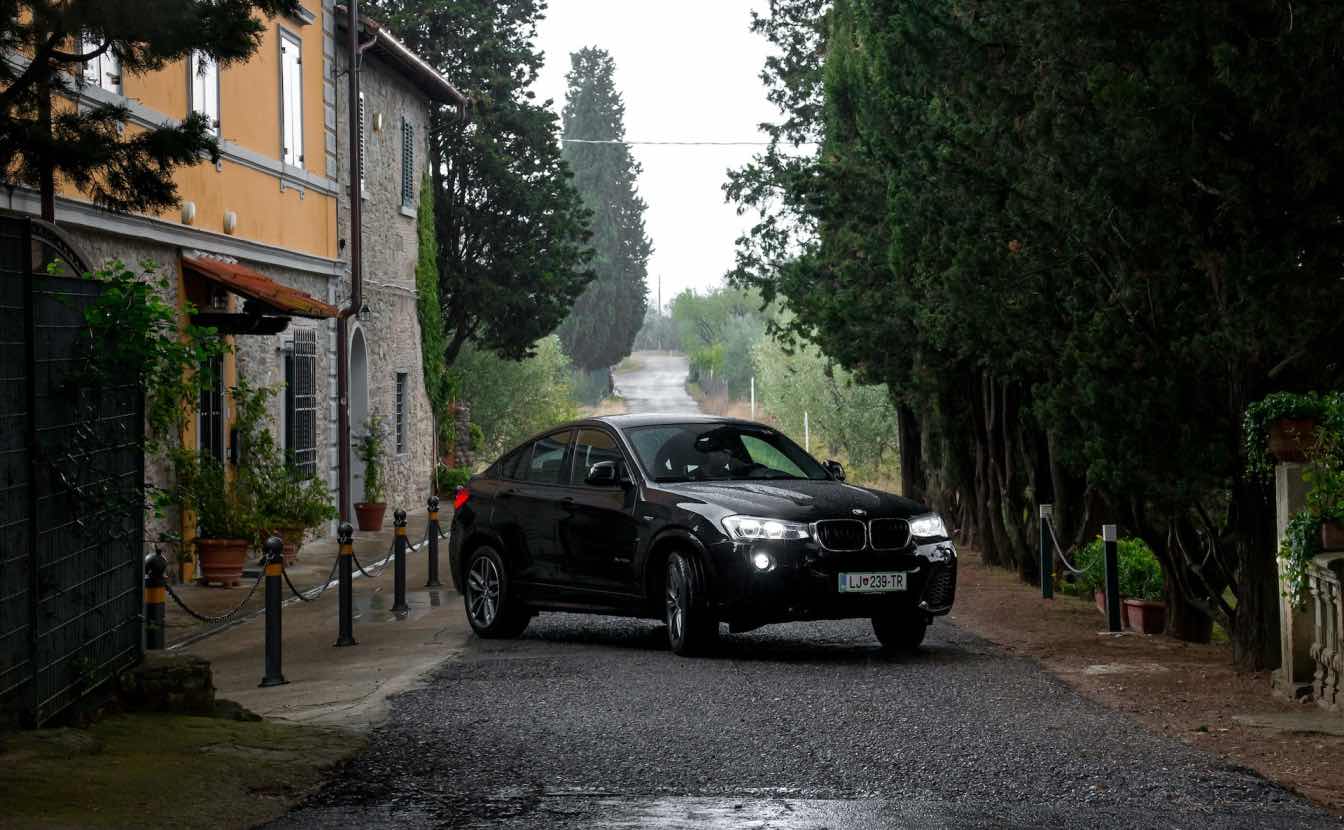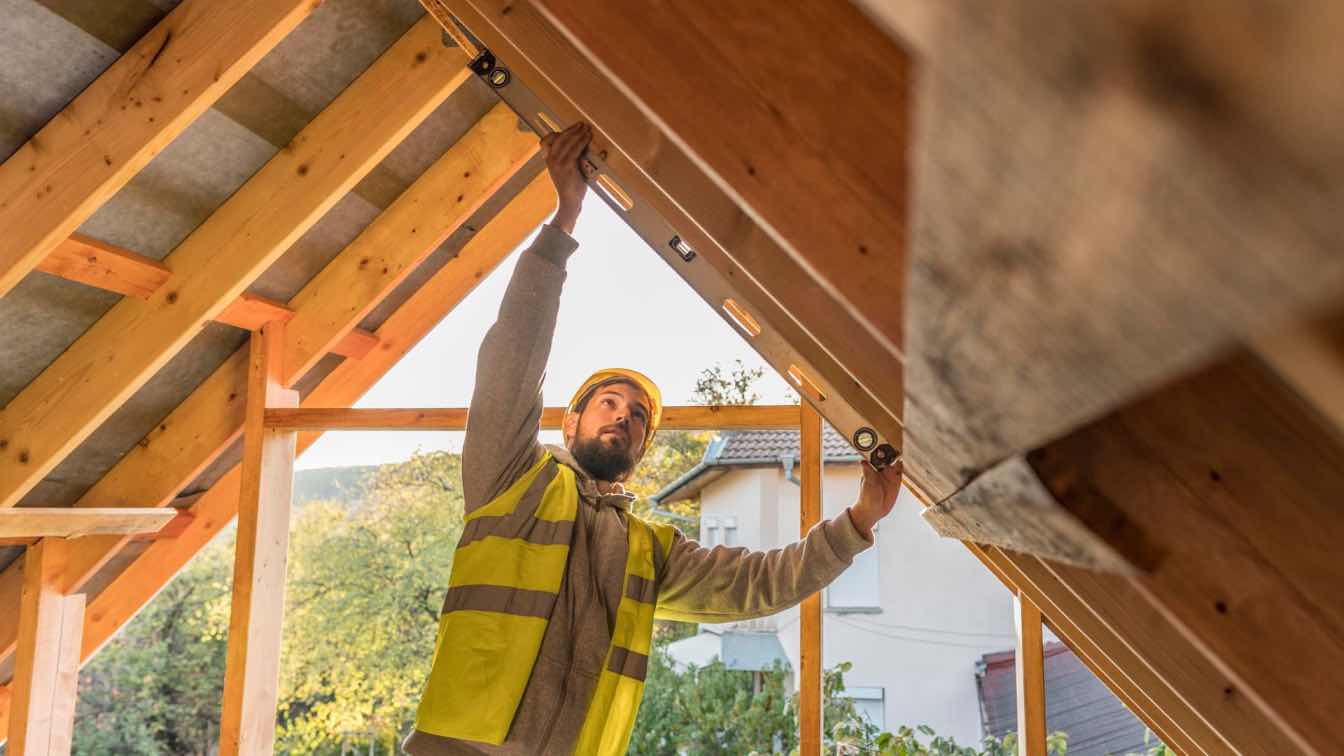In the realm of urban design, sustainability has become a pivotal consideration. As cities grapple with issues like congestion, pollution, and safety, innovative solutions are sought to foster more livable and environmentally friendly environments. Amidst this quest, bollards, once primarily associated with traffic management and security, have emerged as unsung heroes in promoting sustainability within urban landscapes. This article delves into how bollards contribute to creating sustainable urban environments.
Enhancing Pedestrian Safety and Mobility
- Bollards play a crucial role in delineating pedestrian zones, thereby ensuring safety and promoting walkability
- By creating designated pathways, bollards encourage active modes of transportation like walking and cycling, reducing reliance on carbon-emitting vehicles.
- Their presence helps mitigate the risk of accidents, particularly in high-traffic areas, fostering a safer environment for pedestrians and cyclists alike.
Facilitating Sustainable Transportation
- Bollards are instrumental in the creation of bicycle lanes and pedestrian-friendly zones, facilitating sustainable modes of transportation.
- Separating these lanes from vehicular traffic not only promotes safety but also encourages people to opt for eco-friendly commuting options.
- In combination with urban planning initiatives, bollards contribute to the development of integrated transportation systems that prioritize sustainability and reduce reliance on cars.
Promoting Green Spaces
- In urban settings, bollards are often utilized to protect green spaces such as parks, gardens, and tree-lined avenues.
- By safeguarding these areas from vehicular intrusion, bollards help preserve biodiversity, improve air quality, and mitigate the urban heat island effect.
- Incorporating bollards into landscaping designs allows for the integration of green infrastructure, enhancing the overall aesthetic appeal of urban environments while promoting environmental sustainability.
Supporting Sustainable Events and Activities
- Bollards are essential components in the planning and execution of outdoor events and activities aimed at fostering community engagement.
- Whether it's farmers' markets, street festivals, or outdoor performances, bollards help create safe and accessible spaces for such gatherings.
- By facilitating these events, bollards contribute to the vibrancy of urban life while minimizing the environmental impact often associated with traditional indoor venues.
Mitigating Urban Pollution
- Bollards serve as barriers that restrict vehicular access to pedestrian zones and sensitive areas, thereby reducing vehicular emissions and noise pollution.
- By promoting the use of alternative transportation modes and limiting vehicle traffic, bollards contribute to improving air quality and mitigating the adverse effects of pollution on public health.
- Additionally, bollards can be integrated with features such as air purifiers or green screens to further enhance their role in combating urban pollution.
Integrating Smart Technologies
- Advancements in technology have enabled the integration of smart features into bollards, enhancing their functionality and sustainability.
- Smart bollards equipped with sensors and communication systems can monitor traffic flow, pedestrian activity, and environmental conditions in real time.
- By providing valuable data insights, these smart bollards enable more efficient urban planning and management, leading to optimized resource utilization and enhanced sustainability.
Fostering Resilience and Adaptability
- In the face of climate change and its associated challenges, bollards contribute to enhancing the resilience and adaptability of urban environments.
- Bollards designed to withstand extreme weather events, such as floods and storms, help protect critical infrastructure and mitigate the impact of natural disasters.
-Their versatility allows for flexible urban design solutions that can adapt to evolving environmental conditions, ensuring the long-term sustainability of urban spaces.
Bollards, once perceived as mundane fixtures of urban infrastructure, have emerged as integral elements in the quest for sustainability within urban environments. From enhancing pedestrian safety and mobility to promoting green spaces and mitigating urban pollution, bollards play a multifaceted role in shaping sustainable urban landscapes. As cities continue to evolve and confront pressing environmental challenges, leveraging the potential of bollards in innovative ways will be crucial in creating more livable, resilient, and environmentally friendly urban spaces for generations to come.





